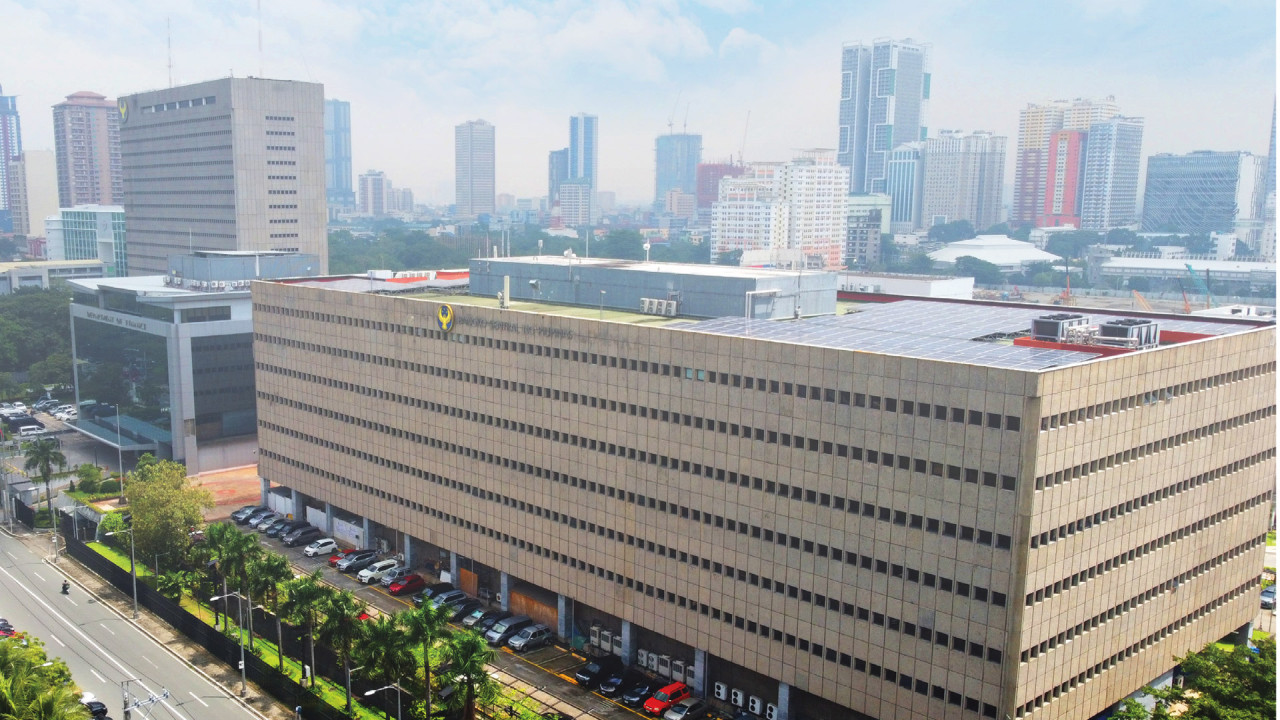

However, credit, operational, and macroeconomic risks are the top concerns for the sector, according to the results of the report.
Credit risk was the most cited risk, driven by high interest rates and non-performing loans. Operational risks, including cybersecurity threats, were also a key concern, especially for digital banks.
Despite these challenges, the industry expects double-digit growth in assets, loans, and deposits over the next two years, it said.
Banks project improvements in loan quality, with most estimating non-performing loan ratios below 5%.
Digital transformation and sustainable finance remain priorities, with banks continuing to invest in cybersecurity and green finance initiatives.
The BSP emphasized its commitment to regulatory reforms, promoting a stable, inclusive, and digitally-empowered banking environment.
In response to emerging risks, banks are enhancing internal controls, adopting credit scoring models, and improving cybersecurity defenses.
The report also highlights the sector’s increasing focus on sustainable finance, with many institutions planning to finance projects in agriculture, renewable energy, and water management.
The results, likewise, point to improvement in the banks’ expectations on the quality of their loan portfolio as fewer respondent banks — down to 48.7 percent from 52.4 percent in the 2022 edition of the survey — anticipate a non-performing loan (NPL) ratio of above 5 percent in the next two years.
Across banking groups, most foreign banks and universal and commercial banks are optimistic, with the former anticipating a less than 1 percent NPL ratio while the latter foreseeing their NPL ratio to settle within the range of 1 to 5 percent.
In contrast, smaller banking groups are more pessimistic, particularly the majority of thrift, rural, cooperative, and digital banks expect their NPL ratio to be over 5 percent.
In terms of loan loss provisions, the majority of respondent banks plan to maintain a high NPL coverage ratio thus, ensuring adequate coverage of potential losses in their loan portfolio.
Relatedly, restructured loans are projected to be a small percentage, or at 2 percent, of total loans for most respondent banks.
